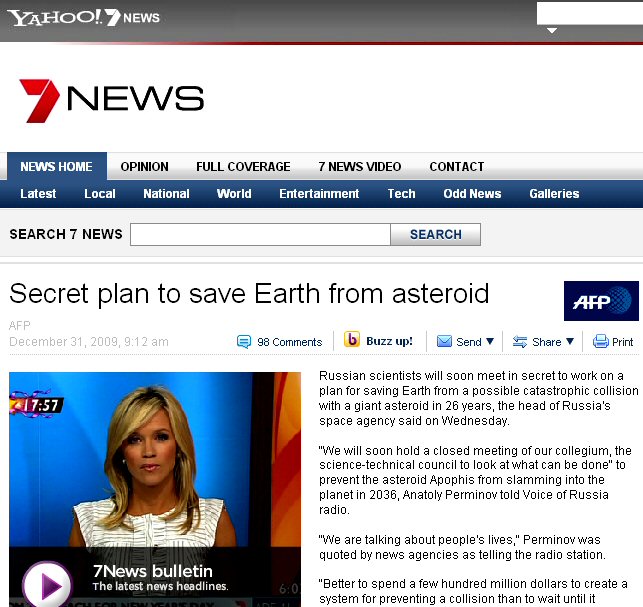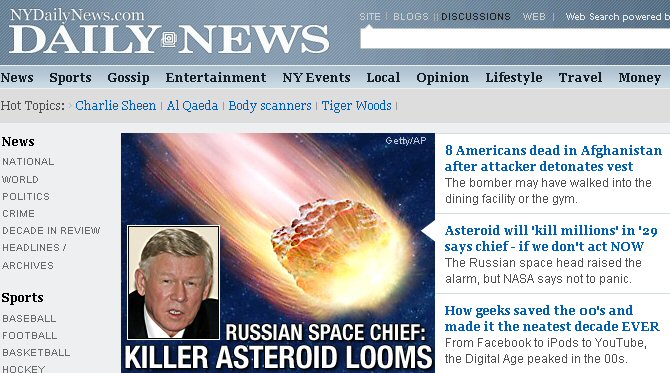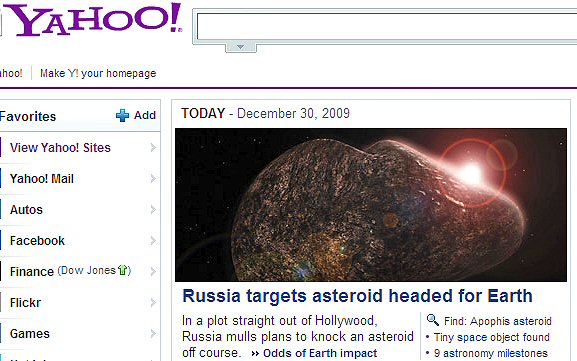 |
  |
 |
|
updated: April 28, "2010"
Quotes
About Being Unprepared for Asteroids |
|
 What's New
& Previews
Jimi's
Prediction —
A Remote View About Jimi Hendrix Timeline Blog Asteroid Impact Evolution Woodstock Blues Jimi Code VS. Da Vinci Code Credit Thefts Missile Agency/Moon Base Charade Remote View Mutation Seattleland Censorship Events Skewed Science Search Engine Rankings Download An Ad AT&T: New Nuremberg Wall(y)flower Syndrome Rochester Media DVD/CD Store More Links...  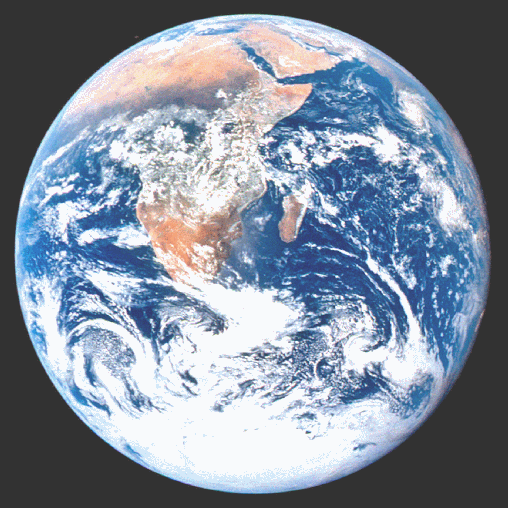
.
Page 1 of 7NUCLEAR
BOMBS DON'T WORK AGAINST ROCKS IN SPACE
We've NO DEFENSE Against Asteroids, Won't Have Any for Decades - Here's the Quick List On Why: No
Atmosphere = No Shockwave
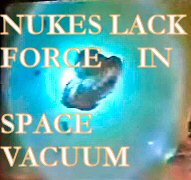
. . . Below
are comments made over the past 15 years from scientists and experts
who describe the reality of human ability to protect the Earth from
asteroid impacts:
. To do away with Apophis
as a threat, we would need to slow it down enough to change
its orbit so that it is completely within the Earth's orbit
and thus never a threat again. According to NASA, it's mass is about
27,000,000,000 kg or 27 million tonnes. To change its speed by even one
km per second would take about 27,000 gigajoules of energy imparted
with 100% efficiency. That's about 7.5 gigawatt hours of energy. In
practice, even a VASIMR rocket engine is nowhere near
100% efficient. I have no idea how much fuel a chemical
rocket would take. At best I think we may change its direction
slightly, but to significantly alter its speed is a huge task.
But even if it is slight, it takes a huge amount of
energy. I am stunned by peoples' lack of comprehension of
what is involved. Beyond the fuel needed to do the job of
moving it, there is the fuel needed to launch that
off the Earth into space, then the fuel needed to get to
the candidate, then the fuel needed to slow down and rendezvous with
it. To launch a payload into space takes many times the mass
of the payload in fuel and to achieve escape velocity, many
more times that as well. Then, once there, it would be like
towing a large barge with a row boat. Chemical rockets would
require the most mass to be launched, but an ion engine would either
need to be extremely powerful or work for a very long time. The idea of
using a "tug boat" in the form of a large mass to gravitationally pull
it in a new direction is very far fetched in practice.
It would need a huge mass to be launched and guided into the right
position, and then a huge amount of energy expended over time
to do the job. Too little and it would simple fall toward the asteroid,
too much and it would just fly away into space. The closer it is, the
more effect it would have, but then its propulsion would have to be
diverted to miss the object, so as to not push back on it in the
opposite direction to what is desired. It would be like
trying to tow a car with a bicycle using a piece of string as a tow line.
Pull too little and do nothing. Pull too hard and snap the string. The
only benefit to that method, over planting a rocket on the object
directly, is that ["tug boats"] could be used on a spinning object.
Many of these ideas sound great in theory, but in practice
are close to ridiculous. Usually the amount of
energy involved is deceptively huge. We'd be as well off
hoping to one day have a Star Trek-like warp drive and tractor beam,
both of which may be a VERY long time coming. I hope the Russians learn
something from the effort, and I rest assured it will be pretty well ineffective,
and I am further sure that by having an inconsequential effect on it,
it won't change the chances for a collision in the least.
-
John_with_a_B, Space.com, Dec. 30 2009
"Before landing on an asteroid, a spacecraft must enter its orbit, rather than simply whizzing by. That means matching the object's speed and direction of motion, which in most cases would require burning too much rocket fuel to be practical. The only way round this would be if the asteroid's motion happened to be very similar to Earth's at the time of its closest approach...ground-based telescopes are hampered because asteroids in orbits similar to Earth's are often hidden by the glare of the Sun...The rotation rate of most asteroids is unknown, but any fast-spinning objects will be off limits because they would be difficult for astronauts to hang onto...There are more problems to overcome. Small, irregularly shaped asteroids have lumpy gravity fields, so an orbiting spacecraft would follow a chaotic trajectory, making navigation much trickier than around Earth or the Moon...It would be wise to send robots before humans. We don't have the sort of data that you might want before you send an astronaut." "The capability to deflect an impact-threatening asteroid needs to be developed and demonstrated, and that work needs to be done cooperatively with [NASA and] other space agencies." -
Apollo astronaut Rusty Schweickart, a founder of B612 Foundation, Wired.com,
Dec. 30, 2009
A huge asteroid, 350 meters in diameter, will come dangerously close to Earth, risking a lethal crash with our planet…A celestial body named Apophis - asteroid 2004 MN4 - is considered the greatest space danger for Earth. In 2029 it will pass within 30 thousand kilometers of Earth, closer than some orbital satellites. Anything could happen to change its trajectory and direct it to Earth. The trajectory of the celestial body is expected to change so that the collision is quite likely, the head of Federal Space Agency, Anatoly Perminov, said in an interview with the Voice of Russia Radio. He mentioned the data comes from research by an unnamed scientist claiming the accident is almost inevitable. If the meteor hits our planet, a territory the size of France would turn into a devastated desert. They are on the way to create a spaceship that will divert the threatening asteroid from its orbit. The exact nature of the device has not yet been unveiled. After the solution is found, the plan is to attract other space states to finance the project, the USA and China among them. "We need some sort of international action. People have wondered 'what do we do with asteroids?'" Jeff Manber said. -
rt.com - Russia Today Dec. 31, 2009
Russian Scientists Brace For Approaching Asteroid…Russia's space agency has been holding meetings about Apophis - the asteroid due to pass close to Earth in 2029. If it is not diverted, a collision could potentially kill millions, scientists say. "The probability of a collision with the Earth was very high, about 1 to 30. The collision of such a large body with our planet will cause great damage," explains Boris Shustov, Director of the Institute of Astronomy…An asteroid with a diameter of 300m is a cause for concern. Scientists insist that the critical moment will come in 2029 when Apophis passes so close to Earth that it will be visible to the naked eye…If the asteroid were to collide with Earth, the blast would be a hundred thousand times more powerful than the atomic bombing of Hiroshima. The collision could wipe out countries and produce a destructive chain reaction in the environment. Blowing up Apophis with nuclear weapons to prevent the impact has been ruled out. Valery Menshikov, of the Russian Academy of Cosmonautics, says scientists should be careful not to underestimate the asteroid's danger. "There are a large number of asteroids revolving around the Earth and crossing its orbit. We often overlook them," Menshikov said. "In October an asteroid exploded over Indonesia at the height of 10-12km. The total explosion power was equal to over 50 megatons, which can be compared to three Hiroshima explosions," Menshikov added. -
rt.com - Russia Today Jan. 20, 2010
Space.com
Jan. 22, 2010
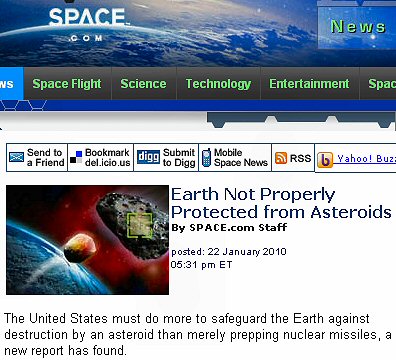
MSNBC.com
Jan. 23, 2010
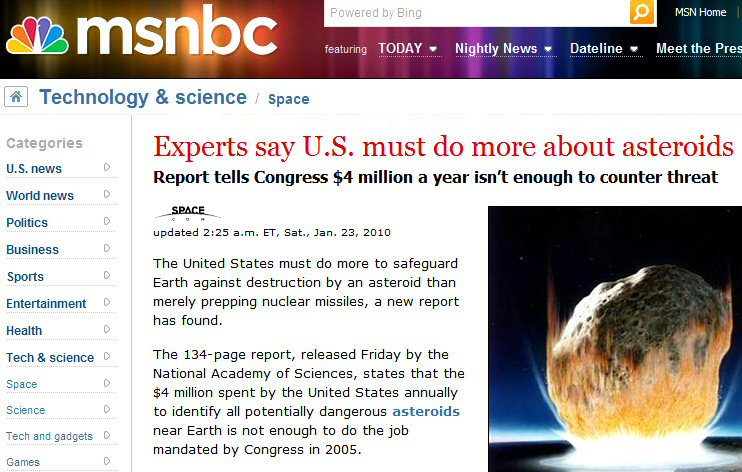
NewsScientist.com
Jan. 21, 2010
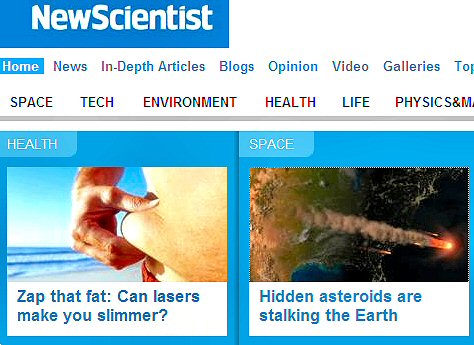
. Are we ready to act if an asteroid or comet were to pose a threat to our planet? No, says a new report from the National Research Council. Plus, we don't have the resources in place to detect the possible dangerous objects out there. The $4 million the U.S. spends annually to search for NEOs is insufficient to meet a congressionally mandated requirement to detect NEOs that could threaten Earth. Congress has not appropriated new funds for the survey nor has the administration asked for them. "To do what Congress mandated NASA to do is going to take new technology, and bigger telescopes with wider fields," said Don Yeomans, Manager of NASA's Near Earth Object Program, "Once these new facilities are in place, the rate of warnings will go up by a factor of 40." "There's the geopolitical misconception that NASA is taking care of it. They aren't," said former astronaut Rusty Schweickart, "and this is an international issue." Schweickart said making decisions on how to mitigate the threat once a space rock already on the way is too late, and that all the decisions of what will be done, and how, need to be made now. "If we procrastinate and argue about this, we'll argue our way past the point of where it's too late and we'll take the hit." But the report put out by the NRC stresses the methods for asteroid/comet defense are new and still immature…none is now ready to implement on short notice, the report says. Civil defense and kinetic impactors are probably the closest to readiness, but even these require additional study prior to reliance on them. UniverseToday.com
- Jan. 22, 2010
There are huge numbers of asteroids that come close to Earth's orbit. Millions of them are large enough to do serious damage in an impact. A US National Research Council panel recommends setting up an international body that would be prepared to spring into action and defend the planet if an asteroid is discovered on an impact course. The international body would be "composed of representatives of nations concerned with this problem and willing to invest in preparedness for a damaging collision", the report says. Radar observations by the giant Arecibo telescope in Puerto Rico allow trajectories to be determined most precisely, but uncertain funding threatens this capability. The US should initiate a research programme to develop deflection technologies and to better understand impact effects like tsunamis. NewScientist.com
- Jan. 22, 2010
NewsScientist.com
Jan. 21/22, 2010
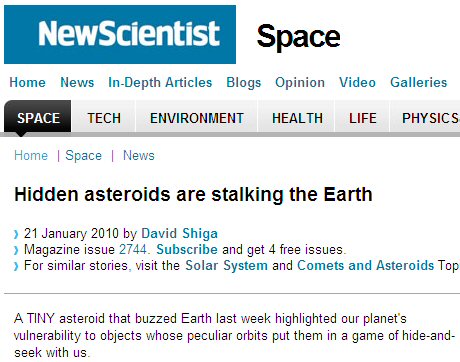 
. [Asteroid 2010 AL30's] unusual orbit seems ingeniously designed to evade our surveys. It is likely that a handful of objects large enough to cause harm are hiding under similar circumstances. Smaller asteroids - which can still damage Earth if they span at least 30 to 50 metres [98 - 164 ft.]- are usually too dim for telescopes to detect except during brief close approaches to Earth. Asteroids with non-synchronous orbits can also hide. Those with orbits mostly interior to Earth's orbit spend most of their time in the glare of the Sun as seen from Earth, so telescopes have trouble spotting them. [They] would be easier to spot if a telescope were positioned closer to the Sun. Such a telescope would also make it harder for asteroids to hide in synchronised orbits…the cost of such a mission would be high…Even the Wide Field Infrared Survey Explorer (WISE) will only be able to spot a small fraction of any mid-sized asteroids in these orbits…the majority of hidden asteroids are too small and dim to be detected until they are practically on top of us - regardless of their orbits. "The sad part is," says Tim Spahr of the Minor Planet Center, "the bulk of the [asteroid] population is invisible to us most of the time." COMMENTS: That's interesting if even a 50 meter [164 ft.] rock was to hit earth it would be a equivalent to about 45 million tons of TNT being detonated. That is very similar to the explosion size of the largest nuke ever tested, which was the equivalent of 50 million tons of TNT. If detonated in London, a bomb that size would take out the entire city. That would be over 7 million lives lost. There are much larger asteroids hiding out there that we don't know about. - Derek Rhode If we're going to protect the Earth from an asteroid, we need to find the dangerous ones whizzing about in the emptiness of space…Better telescopes than we currently have will be needed. "The equipment isn't even built yet," said U. of Maryland astronomer Michael A'Hearn, "our estimates of the risk could easily be wrong by a factor of two or three." Finding and tracking [smaller asteroids] will require new telescopes, like the Large Synoptic Sky Survey and Panstarrs, neither of which currently has the funding to complete construction. COMMENTS: Is this a real problem? When was the Earth hit by a large piece of rock from space? I know we have small stuff quite often. But this does not seem to be a frequent thing. - jescott418[NOTE: Not true. We're only told it's not frequent by H.I.M.M.] This is not one of those I-told-you-so situations. There will be no one left to tell. I want a different, saner planet to go to, inhabited by humans that work together towards humane and scientific advancement, understanding that ensuring continued existence of a livable planet is first priority. There won't be enough money in the budget till after we all fry. I live on a planet run by unaware lunatics controlling each country. - ThoughtEyeNew "Humans haven’t got their priorities right…they don’t know how to act. They act just like the pigs that run these places, you know, countries. They base everything on the status thing, that’s why there're people starving." - Jimi Hendrix
ScientificBlogging
Jan. 22 2010
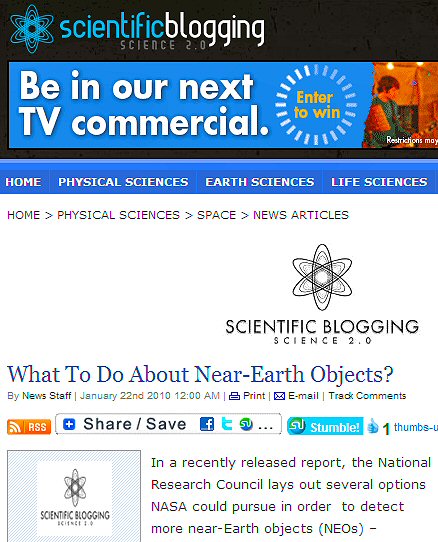
Wired.com
Jan. 22, 2010
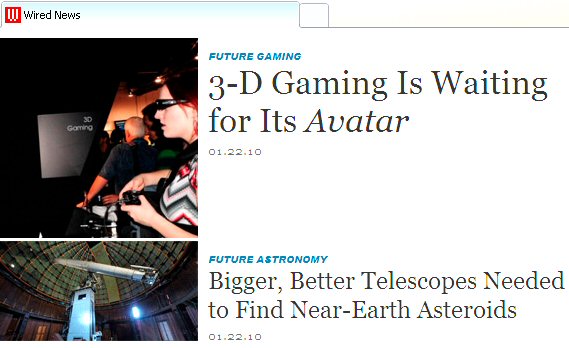
Space.com
Jan. 22, 2010
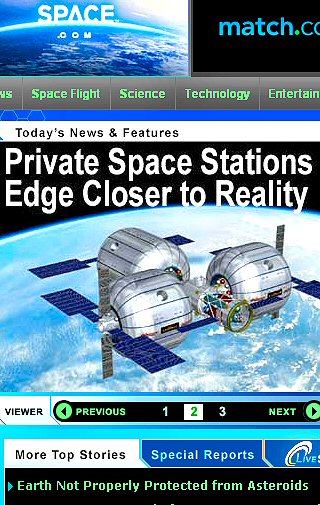
Notice
the Headline in Green at Bottom -
It's the Reason for Private Condos In Orbit . Less than $1 million is currently set aside to research ways to counter space rocks that endanger the Earth - measures like developing the spacecraft and technology to deflect incoming asteroids - a report by the National Academy of Sciences states…NASA is ill-equipped to catalogue 90 percent of the nearby asteroids that are 460 feet (140 meters) across or larger…United States should be planning more methods of defending Earth against an asteroid threat in the near-term…decades of notice are required to build and launch spacecraft to push an asteroid clear of Earth…Recent meteor bursts over the United States have highlighted the potential danger of even smaller asteroids…Even small space rocks pose a threat to people and property on Earth…According to the report, current long-term projections estimate that there could be up to 100 fatalities a year caused by space rock impacts. COMMENTS: This is ridiculous. There isn't a single documented case of anyone being killed by a space rock in 10,000 years. The Earth is well-protected by the greater attraction of Jupiter [for asteroids]. - gslippy [NOTE: Both claims are false: a house was hit in India, not to mention the 1200 Americans killed at Peshtigo, or the 1871 Chicago fire deaths, and near 300,000 killed by the 2004 Christmas Day Impact in the Indian Ocean. This comment opinion is molded by the disinformation spin of H.I.M.M. Jupiter is no "protection" for Earth, the fact is that it flings rocks at us.] At present we cannot stop an asteroid from hitting our planet. That is the sad, sad fact. We go insane over climate change, which is maybe less damaging, it has happened before. People can survive it. Civilization can survive it. - Valcan "We talk about Star Wars as if all we have to do is decide to go and we do, but the physics haven't been invented yet to do Star Wars." -
Senator John Glenn, News Hour, PBS June 6, 1996
Space.com
- Jan. 29 2010
 International experts [are] engaged in a three-year work plan on drafting international procedures for handling the threat posed by the possible impact to Earth by an asteroid…The Association of Space Explorers (ASE) looks forward to spreading the results of the recent workshop and urges future work within the U.N. and by the world's space agencies to develop the capacity to deflect a NEO headed for Earth…"We came together to work through the challenges which will be faced by the international community in deciding how to respond to such an event," said Apollo astronaut, Russell Schweickart…"the nations of the world are discussing how to prevent these events." The ASE report also recommended setting up a Mission Planning and Operations Group to plan, organize, and conduct any necessary missions to threatening asteroids…There needs to be a coordinated, global response to asteroid threats…to find the most efficient and effective way of doing just that," said Advisor Brian Weeden. COMMENTS: Oh great, the U.N. is on it. I feel so secure now. When they detect an asteroid on a collision course with Earth, they plan to deflect it with a strongly worded letter. - ZenDraken . . . |
| © 2010 First Century Press. All Rights Reserved. Contact Us |

